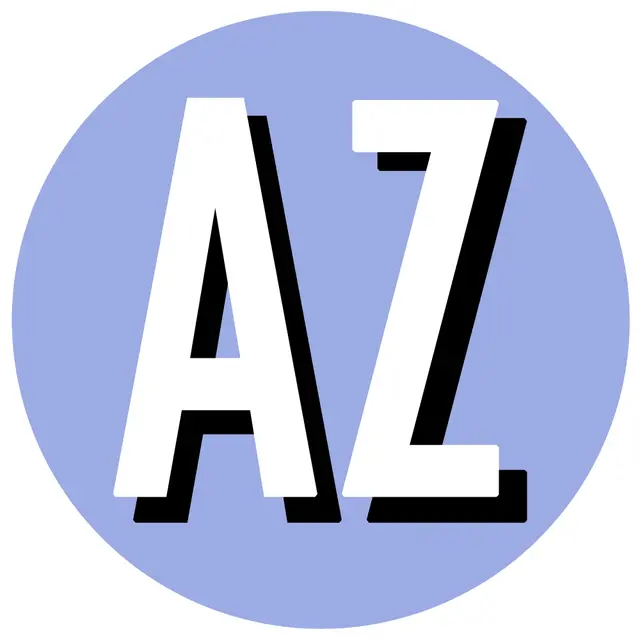The Dictionary of Urbanism: A staggering work of heartbreaking genius – almost.
Dr. Johnson's Dictionary famously described oats as: "A grain, which in England is generally given to horses, but in Scotland supports the people." Ever since then only a dullard or a politician could see a dictionary as an apolitical text. This is the case across the board, but it is doubly true of specialist dictionaries that strive to do more than list the lexicon of basic literacy.
Dictionaries also need not be dry tomes, only of interest to philologists or Rohypnol-guzzling American children entered into over-competitive spelling-bees by grasping baby-boomer parents who have switched from cocaine to Regaine.
The Dictionary of Urbanism by Robert Cowan is described by its publisher as: "a comprehensive and often irreverent reference for everyone whose business or passion is cities." Fowler's Modern English Usage probably sets the standard for sarcasm in set texts, if not for pith. Its entry on split infinitives should be frequently and loudly proclaimed to all who think that the appearance such trifles signals the decline of the English language. No letters about that one, please.
Readers here in Ireland need not be reminded that language is a war zone – and a minefield. Moving swiftly beyond the strictly vernacular questions surrounding the legitimacy of the Ulster Scots project (the difference between a dialect and a language is that dialects tend to lack armies and paramilitaries notwithstanding, "Ulster" does not have an army) and whether one should build "an 'ouse" or "a house" (perhaps a chi-ouse, fans of ancient Greek?), it is clear that architecture and its related professions are resplendent with terminology both technical and political.
Consider the following terms: modernism, sustainable, nimby, and planner. In the right company, each of these word is likely to take on several subtle layers of coded meaning, as likely to obfuscate as to illuminate. In such a profession, The Dictionary of Urbanism is as much a work of technocratic cryptanalysis as it is a simple book of words.
Cowan is clearly aware of this and his intentions are spelt out in several of the longer entries – which can run to several pages – where he unpacks the true meaning of planning terms which have been blandly appropriated by politicians, pressure groups and other plunderers of language – and design.
"[...] Sustainability is not an absolute: it is only possible to say that one development seems more likely to be sustainable than another. Nor is it an exact science. We can predict with complete accuracy neither the impact of a development, nor the ability of future generations to remediate it. [...]" Cowan, p.384
It is in entries such as the above that Cowan's book proves itself as more than a orthographic catalogue for architects.
This reviewer suspects – and, lacking any substantive evidence, I shall leave it as mere conjecture – that Cowan may harbour some metro-Marxist tendencies. Whatever his formal ideological background, his belief in the benefits brought by good development is clear in his writing – enough to be witty and challenging, but not so much as to turn the book into a tedious tract.
What is most fascinating about Cowan's seemingly modernist outlook is that is has been abandoned by most "progressives", particularly outside architecture, who now seem to favour an anti-development, latter-day Digger outlook. Unlike today's latter-day, post-modern eco-worriers that, ironically, see progress as a problem, Cowan is unapologetic when it comes to building better cities, something which is obvious in the text of the dictionary.
Despite its seriousness when dealing with concrete matters, the text itself is not so dense as to defy light reading. This is a reflection of two facts. Firstly, Cowan's sense of humour is writ large on many the pages, at least those not concerned with issues so important, or so po-faced, as to defy humour. Legal and technical entries are treated with appropriate studiousness.
Secondly, dictionaries are by their very nature hyper-textual. As a form of book read in a non-linear and "linked" fashion, they can be considered the direct antecedent of the web site, much more so than other pre-web internet forms. Readers more dedicated than this reviewer may be able to discern a fully coherent meta-narrative within the text by applying the use of William Burroughs celebrated cut-up techniques.
That the dictionary contains an entry on Drayneflete, no matter how concise, should give some indication of its scope. Should the reader's intention be to use it as a reference to work to help win arguments about architecture and planning with discontents of progress such as the Prince of Wales, one alternative method would be simply to use its 468-page hardback form to club said opponents to death instead.
Lucinda Rogers' scratchy pen and brush line illustrations lift the book comfortably to design object status, fittingly for a book which is as much a statement of intent as a reference work. As suited to the urbanist architect's office as it is to the academic library – or smartarse urbanite's coffee table. Recommended.
JW

